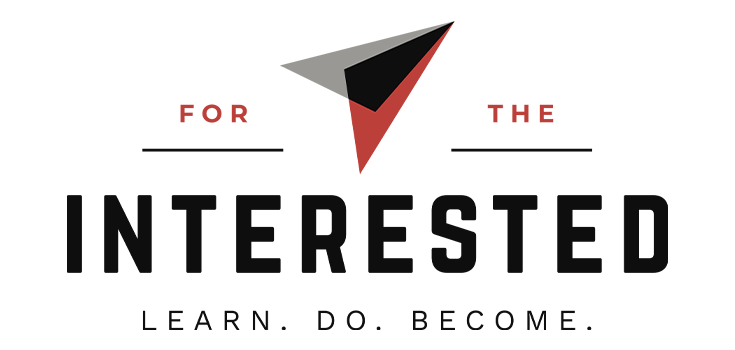By now you (hopefully) know Monday is your last chance to get my Skill Sessions for just $350.
5 Ideas For The Interested This Week
Every piece of content you publish should do one of these four things.
My Take On Customer Discovery Calls, Podcast Versions Of Newsletters, and Consultant Websites
Listen in on one of my private group coaching calls. Or watch it here.
My Take On Customer Discovery Calls, Podcast Versions Of Newsletters, and Consultant Websites
3 Content Strategies I’d Use To Get Customers For A Co-Working Space
Hint: They can be adapted to your business as well.
3 Content Strategies I’d Use To Get Customers For A Co-Working Space
How To Build Your Own Content Value Proposition
This is the way to create content your target audience actually wants to consume.
The Cash Creator Model
There’s so much smart stuff in this presentation and most of it runs counter to the typical advice you hear about how to attract and serve clients.
10 Lessons From Selling $10M Worth Of Digital Products
Including how to handle pricing tiers, the reasons your products aren’t selling, and the complicated relationship between front-end and back-end products.
6 Experiments To Try In Your Next Newsletter Issue
You’ll be amazed what you learn when you run these experiments on how to write it, what to link to in it, when to send it, and more.
A Checklist To Review Before You Publish Your Next Piece Of Content
If you check all five boxes, I guarantee your content will perform well.
A Checklist To Review Before You Publish Your Next Piece Of Content
A 5-Step Process To Define Your Ideal Customer
And see how a creator is using it to build a $50k per month business in six months.










